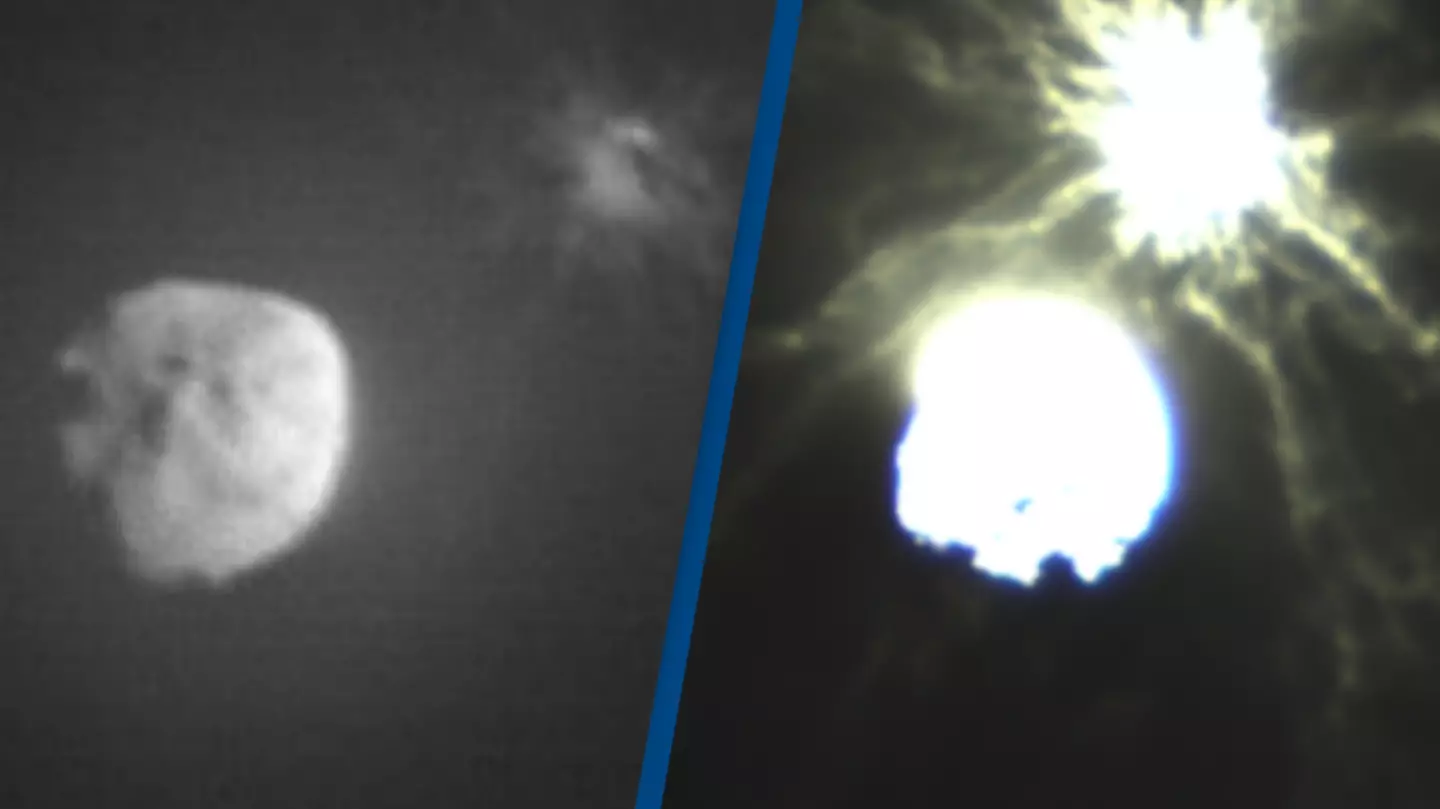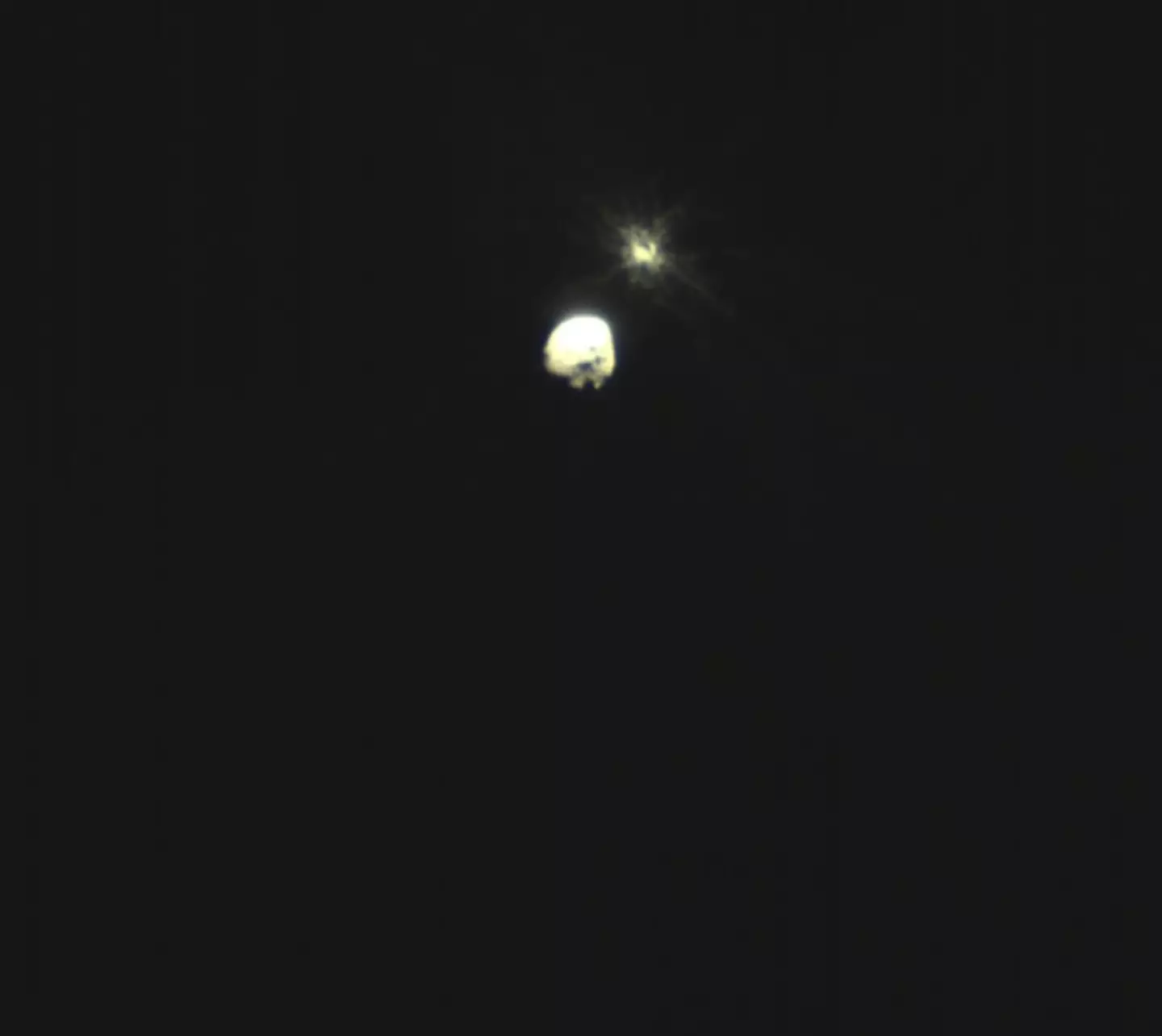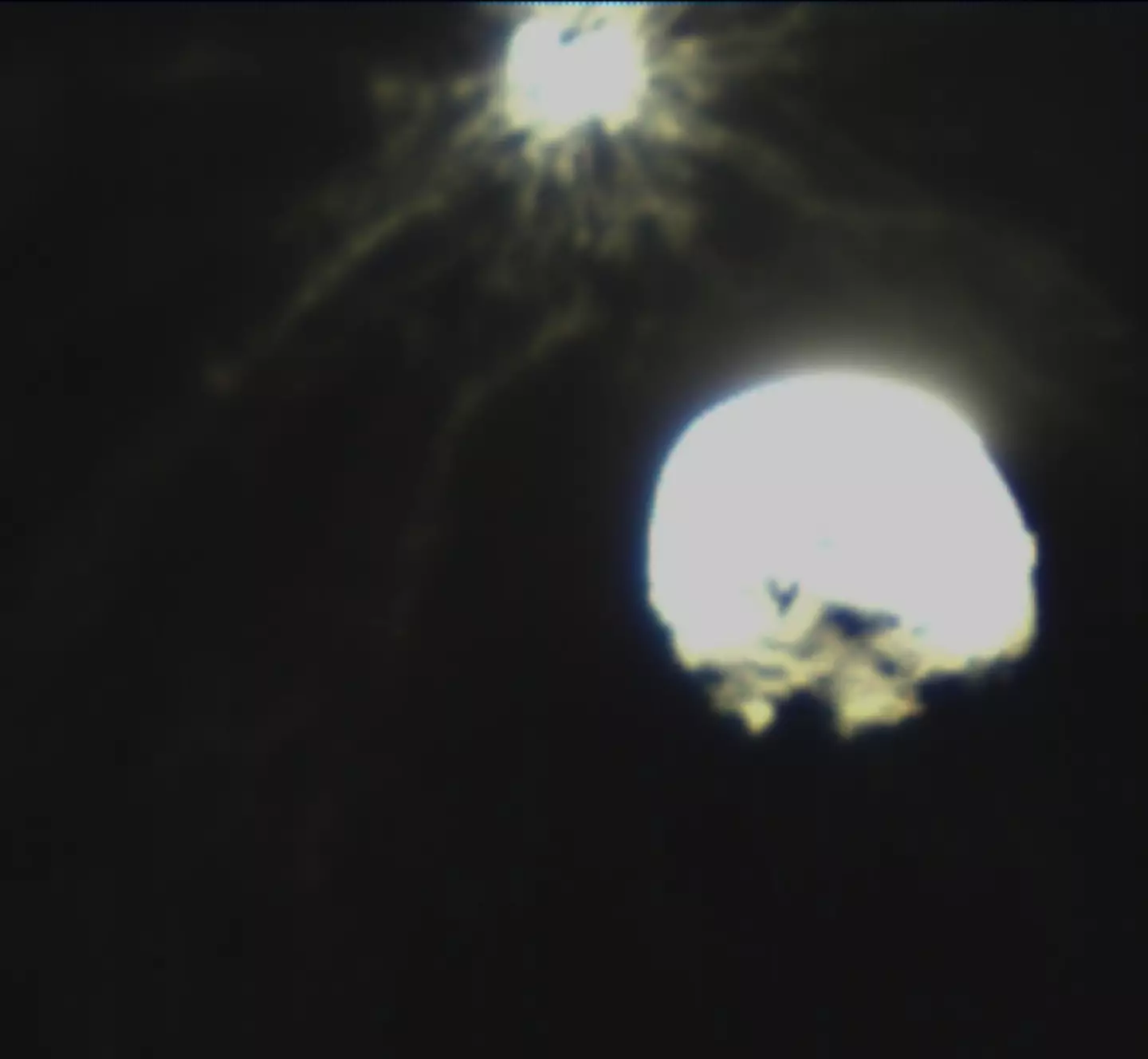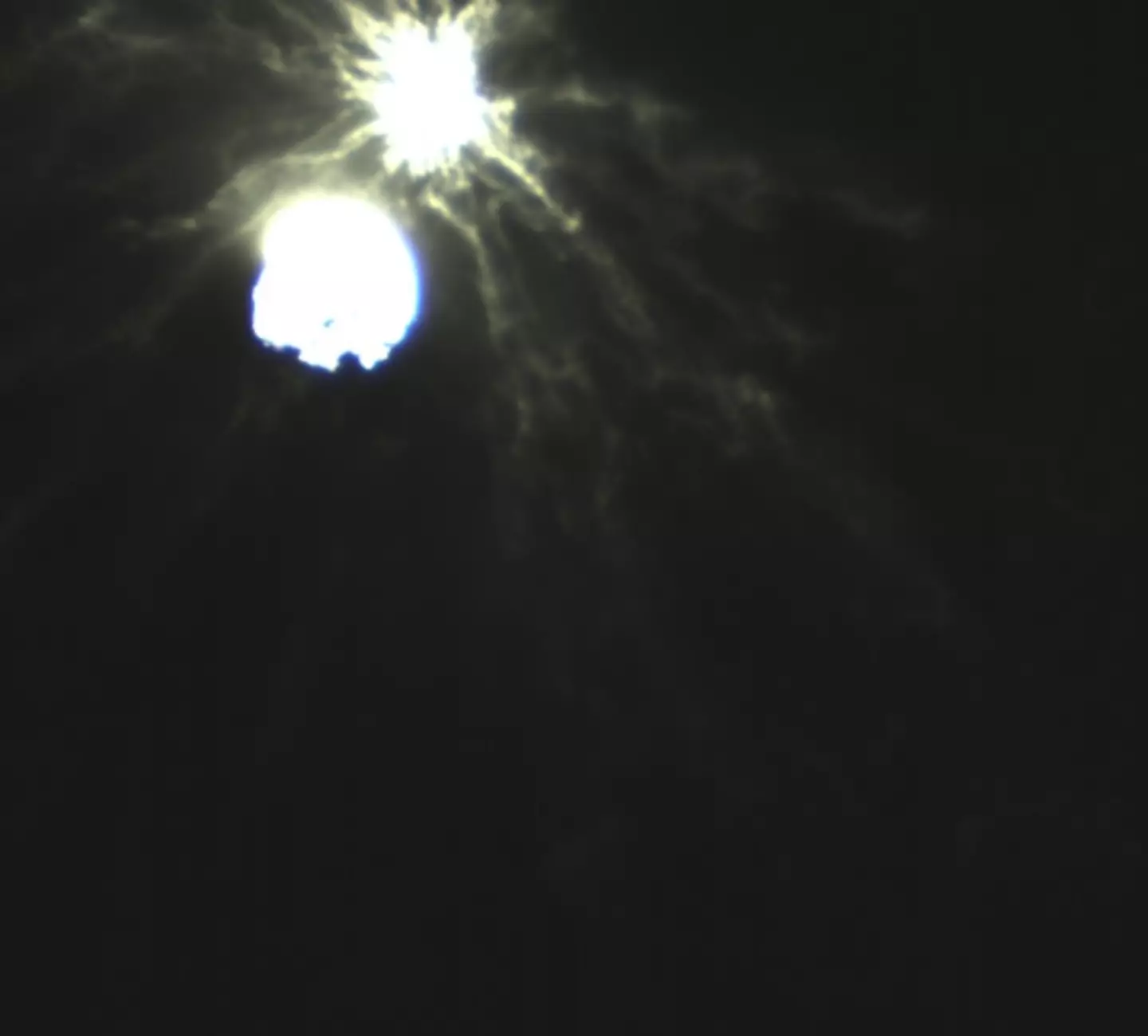
NASA have now shared pictures of their successful attempt to smash a rocket into the Dimorphos asteroid to prove they have the capacity to redirect a similar sized asteroid or comet, if it was heading towards earth.
As good as the film was, none of us want a Don't Look Up scenario.
The mission, which launched ten months ago, was dubbed as the Double Asteroid Redirection Test (DART) and was the world’s first full scale test of its kind.
Advert
At about 00:20 UK time on 27 September, NASA tweeted the good news of the mission's success by simply writing: “IMPACT SUCCESS!”
Watch NASA's reaction to the collision taking place below:
In a video recorded in the control room, a member of Nasa’s team said: "And we have impact. A triumph for humanity in the name of planetary defence."
It took ten months for DART to come in contact with Dimorphos after launching last November on SpaceX’s Falcon 9 rocket.
Advert
Just for some context, DART needed to get to at about 13,700 miles per hour (22,000 kilometres per hour) in order for it to lay a glove on the asteroid.
For those unaware, Dimorphos is part of a binary asteroid system and orbits Didymos, which takes around 11 hours and 55 minutes.
The asteroids were around 6.8 million miles (11 million kilometres) from Earth when the collision happened.
Take a look at NASA's newly released photos of the collision below:
Advert



However, NASA hope that the success of DART means that the process has shortened this orbital period by about 10 minutes - although it will take several weeks before scientists can say whether the experiment has worked.
Advert
NASA previously said: “Dart’s target asteroid is not a threat to Earth but is the perfect testing ground to see if this method of asteroid deflection – known as the kinetic impactor technique – would be a viable way to protect our planet if an asteroid on a collision course with Earth were discovered in the future.”
There are currently somewhere around 27,000 asteroids in near-Earth orbit.
So, what happens next?
Advert
In 2024, the European Space Agency (ESA) will launch its Hera spacecraft, which will go on a two-year journey to the asteroid system to gather information in the aftermath of the crash.
ESA said: “By the time Hera reaches Didymos, in 2026, Dimorphos will have achieved historic significance: the first object in the Solar System to have its orbit shifted by human effort in a measurable way.”
If you have a story you want to tell, send it to UNILAD via [email protected]
Topics: NASA, World News, Space, SpaceX